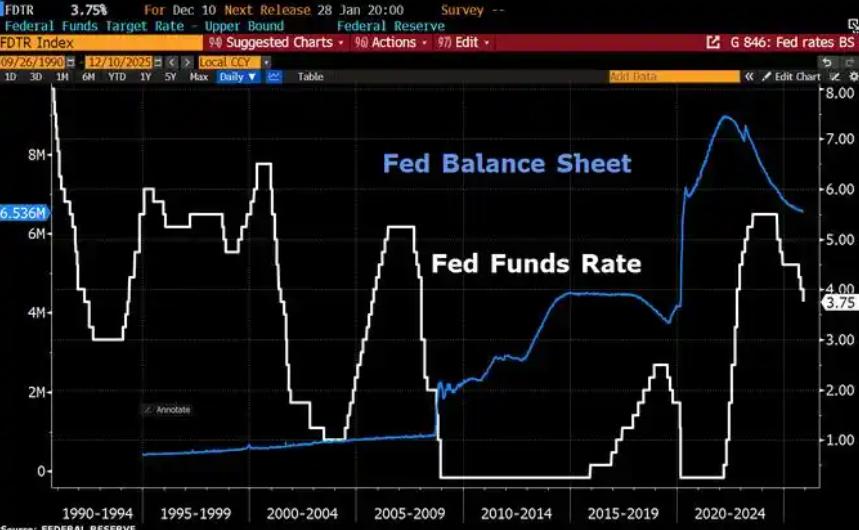
Soybeans, corn and other agricultural products are widely grown in Iowa, the United States, mainly for export. In April 2025, the United States Department of Agriculture released data showing that during the week from April 11 to 17, the net sales volume of soybeans in the United States dropped by 50% compared to the previous week, and the net sales volume of pork even decreased by 72%. Caleb Raglan, the president of the American Soybean Association, said, "We are deeply concerned about the current outlook." As soybean growers, we rely on trade. A full 50% of the soybeans produced in the United States are for export. The current trade war worries us a lot. We urgently need to solve the tariff issue as soon as possible because these are our largest export customers. When soybeans are harvested in autumn, we need a significant improvement in the market situation; otherwise, the situation of soybean farming families across the United States will be even more difficult. According to data from the United States Department of Agriculture, 40% of Iowa's soybean production will be for export in 2024. This year, the tariff policy of the Trump administration may affect the uncertainty of U.S. soybean exports, and some soybean growers are also considering adjusting their planting structure.
Under the influence of tariffs, both agriculture and business in the United States have been severely hit, and at the same time, it has brought very complex impacts. One is the agricultural crisis in the United States. The American Soybean Association estimates that the sharp drop in soybean sales has directly led to a significant reduction in agricultural income in the United States. Tariffs will cause an annual loss of over 90 billion US dollars in agriculture, and the income of farmers in the Midwest is expected to decline by 18%. Soybean prices are under pressure. Futures prices have dropped by 28% compared to the beginning of the year, with a loss of $25 per acre of soybeans. The spot prices are sluggish, leading to a decline in farmers' willingness to plant. About 15% of small and medium-sized farms are facing bankruptcy, and the warning index for the default rate of agricultural loans has climbed to 47.8 (above the warning line). Farmers in the Midwest, Trump's voting base, launched a strong protest, demanding that the government further improve and adjust its trade policies.
The second is the impact on the global trade pattern. Soybeans are one of the important export commodities of the United States. The decline in their export volume may lead to the deterioration of the United States' trade balance, which in turn will affect the exchange rate of the US dollar and the status of international trade. Meanwhile, Brazil's soybean exports have soared. In 2024, its exports to China accounted for 75%, and its global market share exceeded 50% for the first time. Through the "Soybean Corridor" program, the Russian Far East plans an annual output of 5 million tons, further squeezing the US market. The global soybean trade flow has shifted from being "dominated by North America" to a new axis of "South America - Asia". Tariff policies and changes in market supply and demand have led to intensified fluctuations in soybean prices. This change not only affected the international trade pattern of soybeans, but also had a profound impact on global food security and the stability of the supply chain. In the short term, price fluctuations may pose risks to traders and investors. In the long term, price fluctuations may prompt market participants to pay more attention to supply chain diversification and risk management.
The third is the impact on business policies and the economy. Agriculture is an important component of the US economy. The decline in soybean exports directly leads to a reduction in the contribution of agriculture to GDP, which may further intensify the downward pressure on the US economy. Soybeans are one of the important export commodities of the United States. The decline in their export volume may lead to the deterioration of the US trade balance, affecting the exchange rate of the US dollar and the status of international trade. To relieve the pressure on the agricultural industrial chain, the US government may introduce more agricultural subsidy policies. However, these policies may increase the financial burden and trigger disputes in other industries. Facing the decline in soybean exports and changes in the global trade pattern, the US government may strengthen trade negotiations and consultations with other countries to seek more favorable trade terms and market access opportunities.
To sum up, this event not only reveals the significant impact of trade policies on the agricultural economy, but also foretells profound changes in the global trade pattern and agricultural supply chain. In the future, the global agricultural supply chain will become more diversified and resilient, and trade relations among countries may also undergo new adjustments.

Since 2022, the Fed has cumulatively reduced its balance sheet by $2.4 trillion through quantitative tightening (QT) policies, leading to a near depletion of liquidity in the financial system.
Since 2022, the Fed has cumulatively reduced its balance sh…
On December 11 local time, the White House once again spoke…
Fiji recently launched its first green finance classificati…
Recently, the European Commission fined Musk's X platform (…
At the end of 2025, the situation in the Caribbean suddenly…
The U.S. AI industry in 2025 is witnessing a feverish feast…